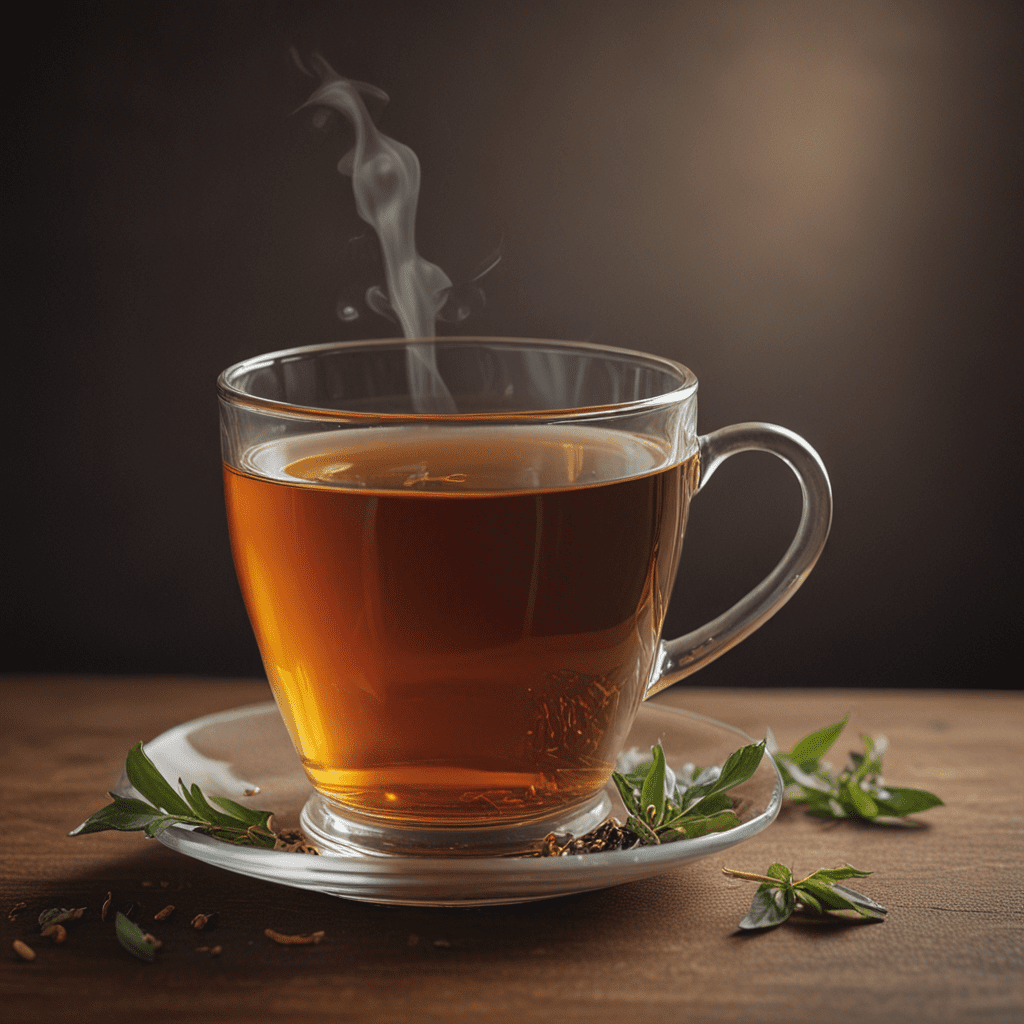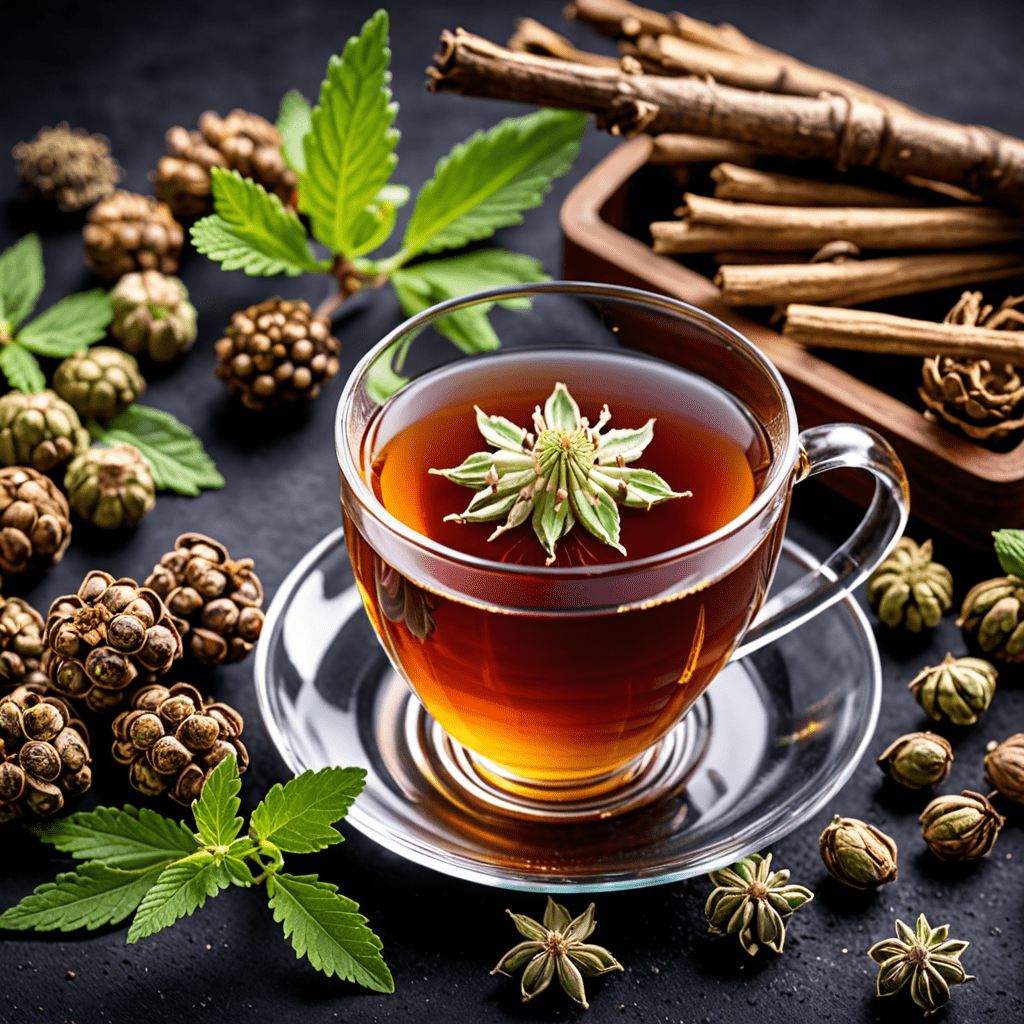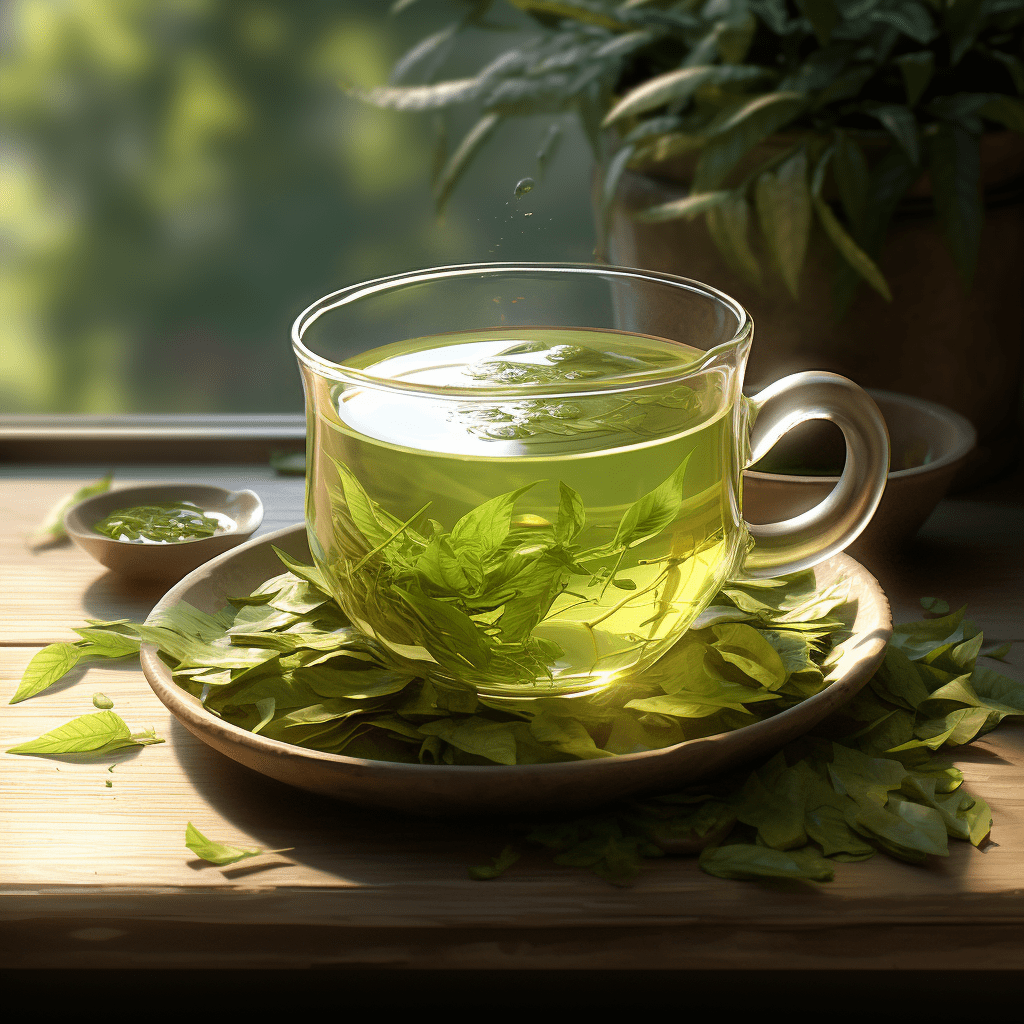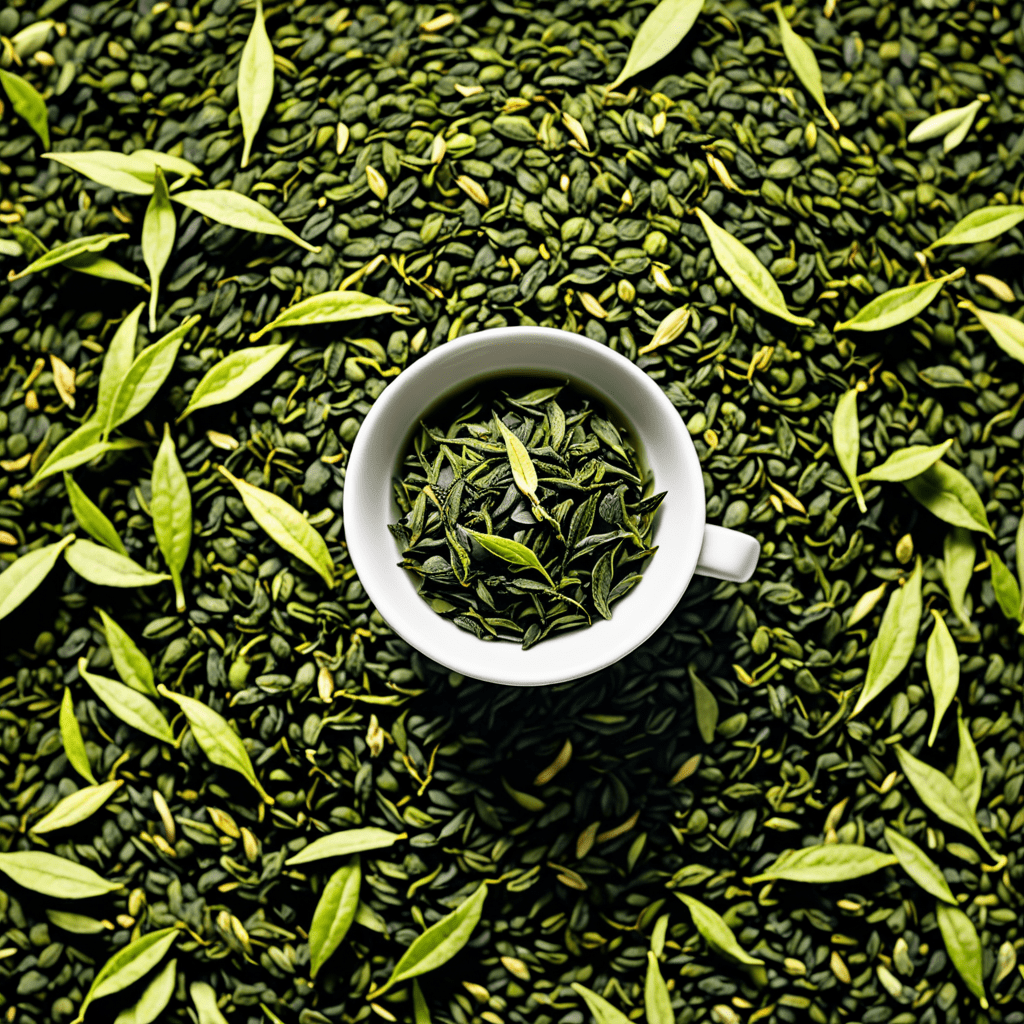The Enchanting Hills of Darjeeling
Nestled amidst the enchanting Eastern Himalayas, the picturesque town of Darjeeling is renowned for its breathtaking landscapes and world-famous tea. The region's unique climate, altitude, and soil conditions create an ideal environment for cultivating some of the most exquisite teas on earth. Darjeeling teas are celebrated for their delicate flavors, distinctive aromas, and unparalleled complexity.
A Tea With a Royal Pedigree
The history of Darjeeling tea dates back to the mid-19th century when British planters introduced tea bushes to the region. The tea quickly gained popularity and became a favorite of the British aristocracy. In 1856, Darjeeling tea was served at the coronation of Queen Victoria, cementing its status as a royal beverage. Today, Darjeeling tea continues to be cherished by tea connoisseurs worldwide, earning it the title of "Champagne of Teas."
The Delicate Palette of Darjeelings
Darjeeling teas are characterized by their light, delicate flavors and floral aromas. They possess a unique balance of astringency and sweetness, with subtle notes of musk, honey, and fruits. The flavor profile of Darjeeling teas varies depending on the season in which they are harvested. This seasonal variation gives rise to four distinct flushes: First Flush, Second Flush, Monsoon Flush, and Winter Flush.
The Art of Tea Cultivation in Darjeeling
The production of Darjeeling tea is a complex and meticulous process. Tea bushes are carefully tended and pruned throughout the year to ensure optimal growth and quality. The harvesting of tea leaves is done by hand, with only the finest two leaves and a bud being plucked. These leaves are then withered, rolled, oxidized, and fired to create the final product. The skill and expertise of tea planters play a significant role in determining the exceptional quality of Darjeeling teas.
The Flavor Profile of Darjeeling Teas
Darjeeling teas offer a diverse range of flavors, depending on the flush and the specific garden from which they originate. First Flush teas, harvested in March and April, are renowned for their delicate, ethereal aromas and light, refreshing flavors. Second Flush teas, harvested in May and June, are bolder and more complex, with notes of honey, musk, and stone fruit. Monsoon Flush teas, harvested in July and August, possess a slightly earthy character with hints of spice. Winter Flush teas, harvested in November and December, offer a refined and mature flavor profile with a lingering finish.
6. First Flush: A Symphony of Aromatics
First Flush Darjeeling teas, harvested in March and April, are considered the most delicate and aromatic of all the flushes. These teas possess a pale, golden-yellow color and a captivating aroma reminiscent of fresh flowers and citrus fruits. The flavor is light and refreshing, with subtle notes of musk and honey. First Flush teas are best enjoyed pure, without milk or sugar, to fully appreciate their delicate nuances.
7. Second Flush: Boldness and Complexity
Second Flush Darjeeling teas, harvested in May and June, offer a bolder and more complex flavor profile. These teas are characterized by their deep amber color and intense aromas of honey, musk, and ripe stone fruit. The flavor is full-bodied and well-rounded, with a lingering finish. Second Flush teas can be enjoyed both pure or with a touch of milk, which enhances their sweetness and complexity.
8. Monsoon Flush: A Touch of Earthiness
Monsoon Flush Darjeeling teas, harvested in July and August, possess a unique flavor profile that reflects the region's monsoon season. These teas have a slightly earthy character, with hints of spice and a lingering finish. The flavor is robust and complex, making Monsoon Flush teas an excellent choice for those who prefer a more assertive cup of tea.
9. Winter Flush: A Refined and Mature Finish
Winter Flush Darjeeling teas, harvested in November and December, offer a refined and mature flavor profile. These teas are characterized by their deep, coppery color and a complex aroma of dried fruits, spices, and wood. The flavor is full-bodied and well-balanced, with a lingering and satisfying finish. Winter Flush teas are an excellent choice for those who enjoy a more robust and sophisticated cup of tea.
10. Pairing Darjeeling Teas for Enhancement
Darjeeling teas can be paired with a variety of foods to enhance their flavors. Delicate First Flush teas pair well with light pastries, scones, and fruit tarts. Bold Second Flush teas complement richer dishes such as curries, grilled meats, and strong cheeses. Earthy Monsoon Flush teas can be paired with spicy dishes, grilled vegetables, and hearty soups. Refined Winter Flush teas go well with dark chocolate, nuts, and aged cheeses.
FAQ
What makes Darjeeling tea so special?
Darjeeling tea is renowned for its delicate flavors, distinctive aromas, and unparalleled complexity. Its unique flavor profile is a result of the region's high altitude, favorable climate, and skilled tea cultivation practices.
What are the different flushes of Darjeeling tea?
Darjeeling teas are harvested four times a year, resulting in four distinct flushes: First Flush, Second Flush, Monsoon Flush, and Winter Flush. Each flush offers a unique flavor profile that reflects the specific season and growing conditions.
How should Darjeeling tea be brewed?
Darjeeling tea should be brewed using fresh, filtered water. The ideal water temperature is between 180-190°F (82-88°C). Steep the tea leaves for 3-5 minutes, depending on your desired strength.
What is the best way to enjoy Darjeeling tea?
Darjeeling tea can be enjoyed pure, without milk or sugar, to fully appreciate its delicate flavors. However, some prefer to add a touch of milk or honey to enhance the sweetness and complexity.
Where can I buy Darjeeling tea?
Darjeeling tea can be purchased from specialty tea shops, online retailers, and some grocery stores. It is important to choose a reputable supplier to ensure the authenticity and quality of the tea.



